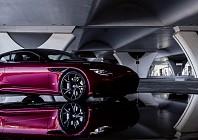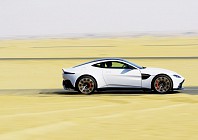The DB moniker has been around since the 1950s. Standing for David Brown, an Englishman who purchased Aston Martin in 1947, there was no official DB1—a limited production two-litre sports car which was available from 1948 to 1950, has been retroactively called the DB1. The first car to roll off the production line was the DB2 in 1950. Soon after came the iconic Hollywood legend—thanks to James Bond—the DB5 in 1963, quite possibly the most defining moment in the history of Aston Martin’s DB vehicles. Legend has it that Bond was meant to be driving a Jaguar E-Type, however issues arose when Jaguar insisted that the production team pay for the vehicles. After a quick call to Aston Martin, the DB5’s place in history and close relationship with James Bond was sealed.
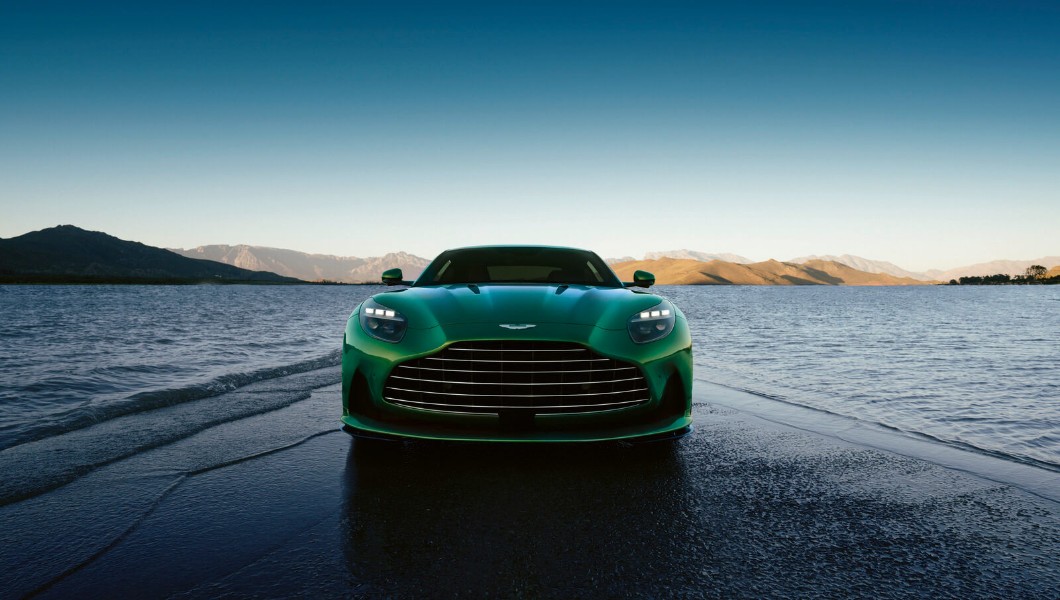
There’s no denying Aston Martin has been making beautiful cars for decades now. Their designers are artists and the DB12 is no different. A stunning body and the 21” multi-spoke forged-satin black DT rims are incredible. However, the last time I was fortunate to experience an Aston Martin, I felt the brand was losing its identity. The interior had numerous elements lifted from a Mercedes, the engine (which was a Mercedes engine) barely offered anything different. At the risk of sounding rather old, I missed the good old days where you had to insert a glass key to start a very bespoke engine.

While Aston Martin is still very much under the Mercedes umbrella, I’m happy to report that the DB12 sounds and feels much more like Aston Martin used to. The exterior needs no words; the pictures do all the talking. The interior and the distinct Aston sound are truly the highlights of this review.
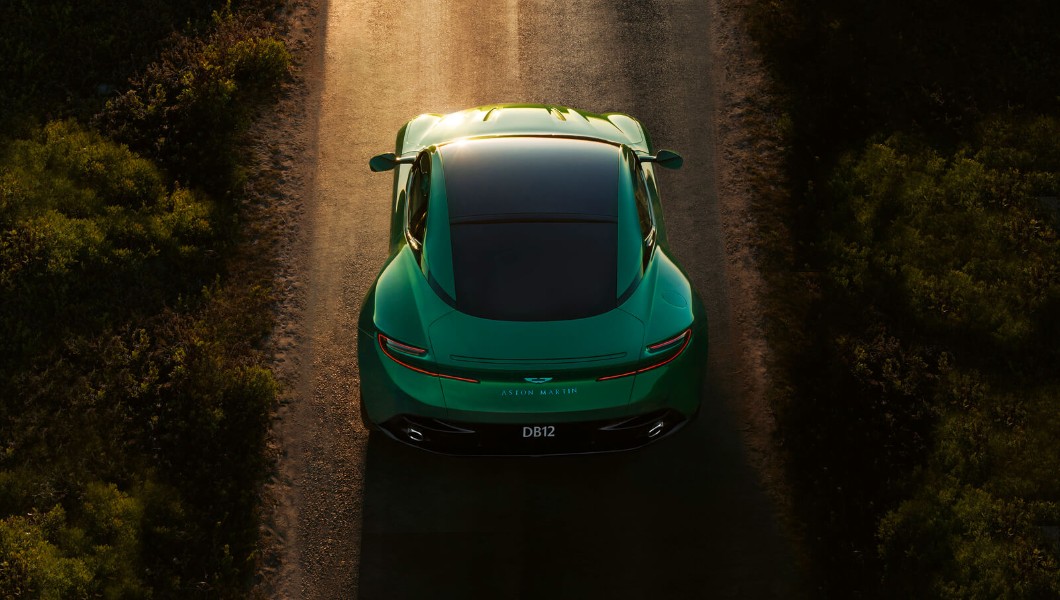
Within seconds of getting into the DB12, I’m smiling from ear to ear. It oozes class and luxury; nothing against a Mercedes interior, but this truly has raised the bar. There’s classic stylings of buttons and dials—especially the dials. Elegant rolling silver barrels change fan speed and the volume alongside a raised centre barrel to easily change car performance modes. The digital dash gives you the bare essential information. I’d argue they’ve kept it so minimal they could have given you an old school rev and speedometer and just had a small digital screen between them. A lot of the settings are left to the large panel on the centre column. Again, you’re not overloaded with options; a few simple menus and easy to understand toggles. The system works brilliantly and connection to Apple CarPlay was incredibly seamless and easy. The Bowers & Wilkins sound system complements the interior with exquisite sound. I was still sitting in the parking space and just enjoying this car and all its features for a good 20 minutes after I first climbed inside.
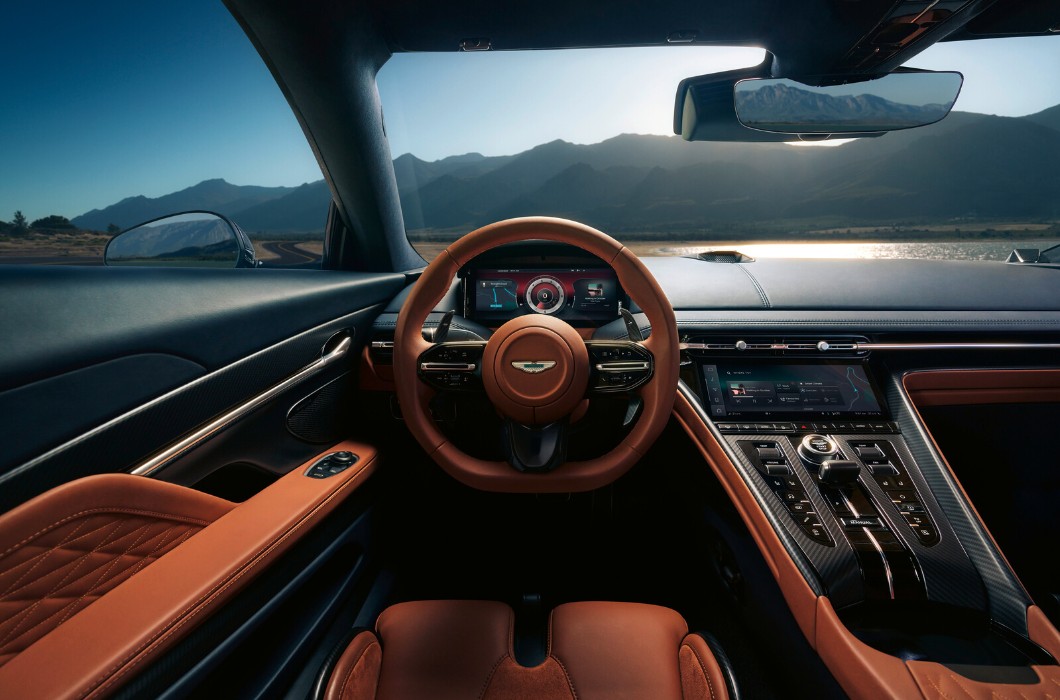
However, out on the road is where the DB12 hit a few snags for me. It’s nitpicking because, spoiler alert, overall this car is truly remarkable. But it has a couple of small flaws. The first one isn’t really the car’s fault. The EU legislation of having to fit cars with a system that constantly reads traffic speed signs, then sounding its bings and bongs at you as soon as you go 1km/h over the speed limit is annoying. However, it can be turned off easily using the large touch screen, which is great and terrible at the same time. Due to my personal driving position, I found the screen to be too far to my right and a bit too low. I constantly felt like I was having to look down to follow navigation directions or to change track etc. Pretty much every car I’ve driven with a centre screen has them above the dash or high on the dash. This slim, low lying location isn’t great for safety while driving. Another issue with the screen is that its a fingerprint magnet.
Put your foot down to unleash 671bhp and all those horses will get you from 0-100kmh in just 3.5 seconds
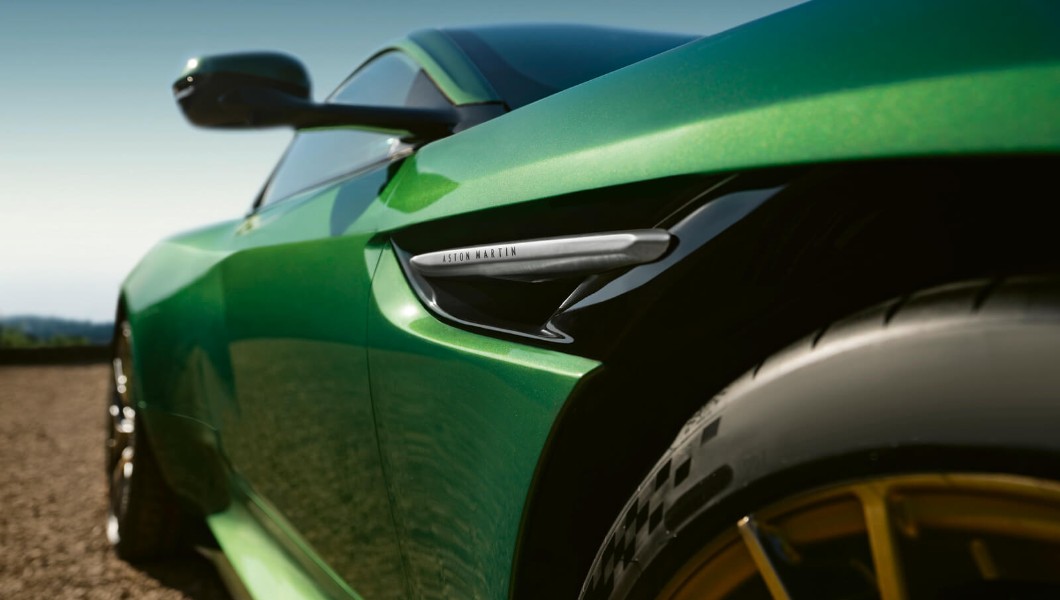
Within a few minutes, prints were all over it, amplified again due to the screen’s location. Sunlight streaming in through the windshield makes the screen hard to see and makes fingerprints even more visible. One other aspect of the DB12 I would spotlight are the back seats. The seats are there, but I don’t know anyone that could comfortably sit back there. Even a child would struggle to be comfortable in those seats for more than 10 minutes. I’d much rather the genius engineers at Aston Martin find an elegant storage solution for the space.
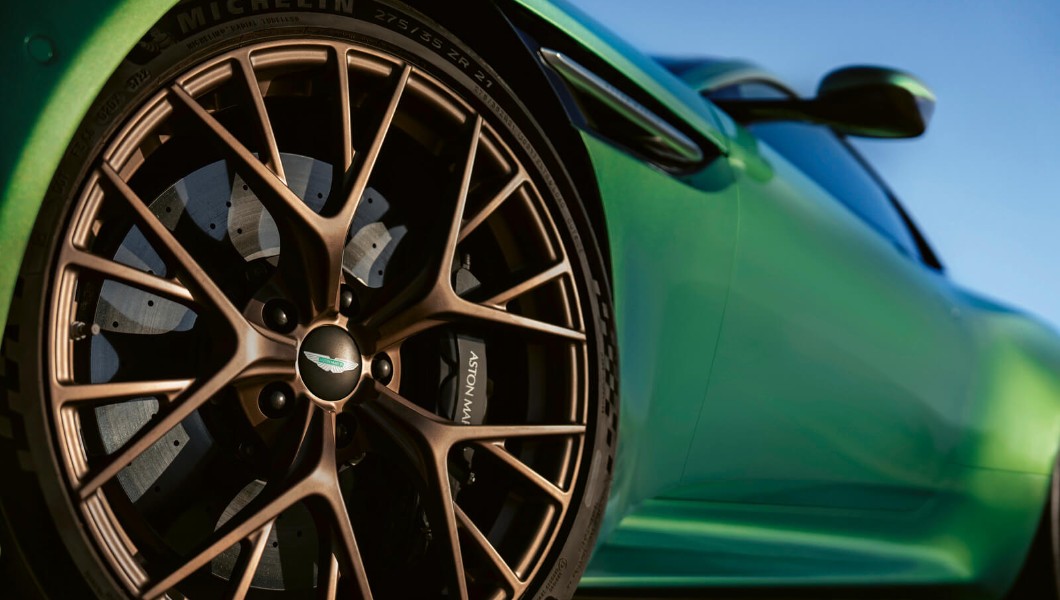
With those grumbles out of the way, let’s discover the true beauty of this car. The engine, a 4.0 litre V8 twin-turbo is a gem. Put your foot down to unleash 671bhp and all those horses will get you from 0-100kmh in just 3.5 seconds. If you’re ever lucky enough to be on an empty autobahn, this car will go all the way up to 325km/h. It has torque all over the rev band and this car feels just as good at high speed as it does cruising along the highway. The steering in sports mode feels a little too light for my liking, however, for the size of the car, it feels incredibly nimble—impressive for a car that’s a touch under 1.7 tonnes (1,685kg) dry. The ride is smooth, even with it being so low to the ground it handles bumps in the road effortlessly. The cabin is very comfortable. It has two cup holders and I really like the fact the wireless charging pad is hidden away under the infotainment system, so there’s even less temptation for you to use your phone while driving.
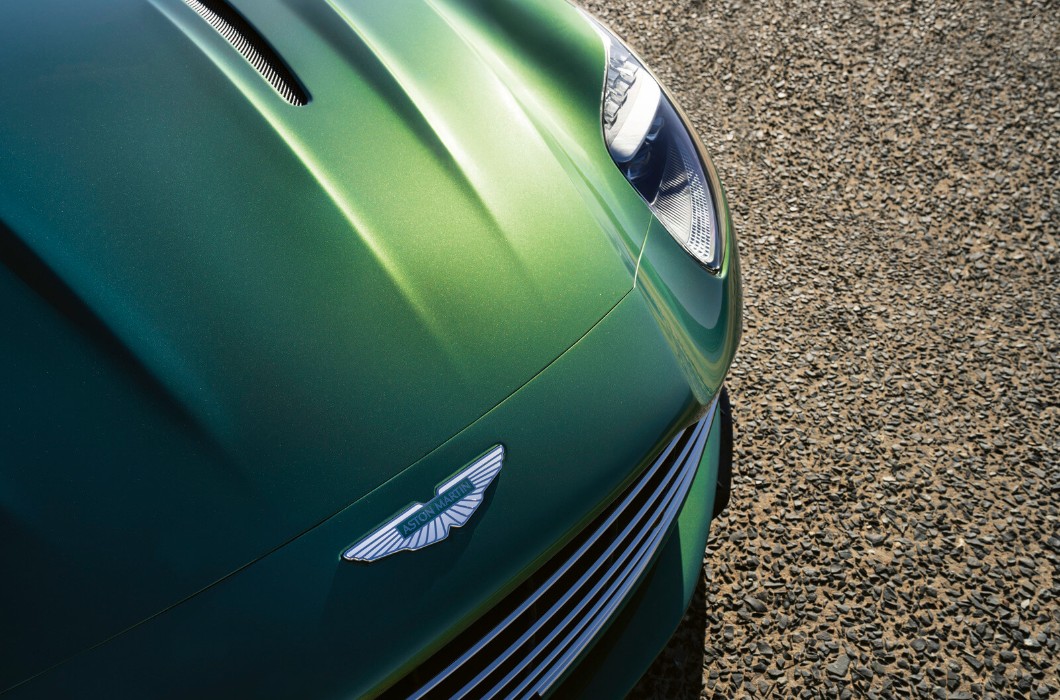
For me, this DB12 is the return of Aston Martin. They’ve had a few years to implement new technology and put their Aston magic on it. The interior, the engine sound and performance feels like they’re back to their best. The luxury GT market is very competitive these days. If you’re looking to upgrade your old Aston Martin or move over to them, I’d recommend taking the DB12 for a spin.
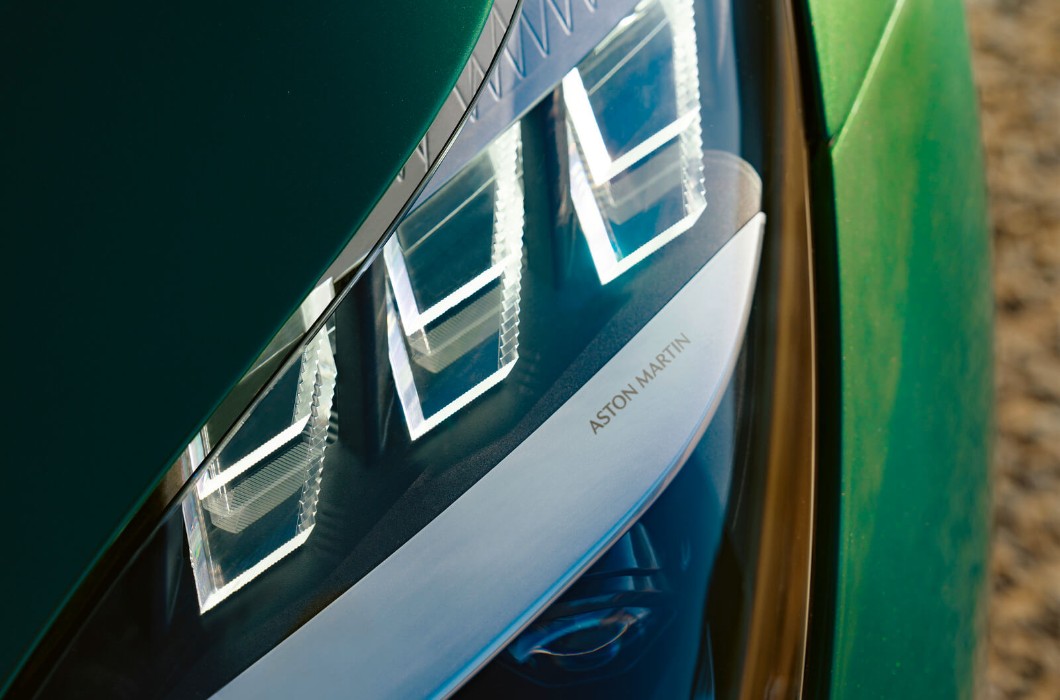
Astonmartin.com








